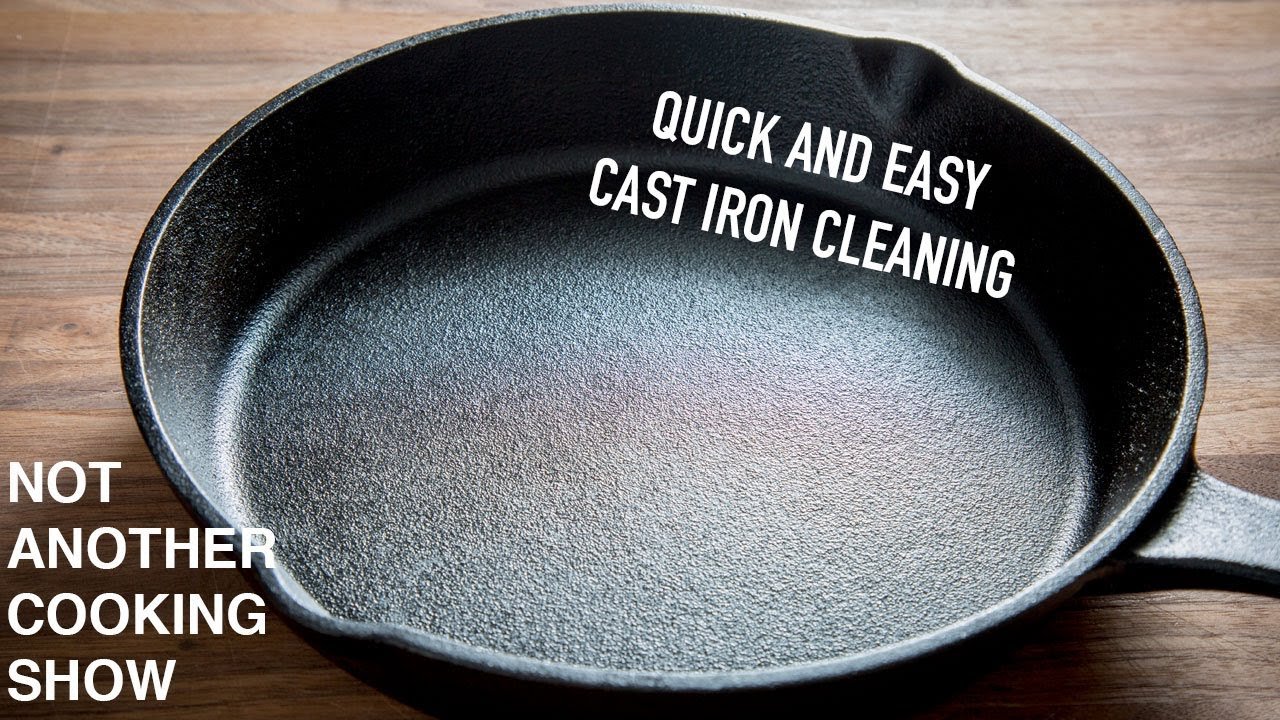How to
How to Clean a Cast Iron Skillet

The cast iron skillet stands as an enduring symbol of traditional cooking, prized for its unparalleled heat retention and durability. However, its maintenance often appears daunting to both novice and seasoned cooks. The essence of this guide is to demystify the process of cleaning a cast iron skillet, ensuring that it continues to provide exceptional culinary experiences for generations.
Understanding Cast Iron
Before delving into the cleaning process, it’s crucial to understand what makes cast iron unique. Cast iron is an alloy made primarily of iron with a small percentage of carbon, which gives it its robust yet slightly brittle nature. This composition allows the skillet to retain heat remarkably well, making it ideal for searing, frying, and even baking. However, its susceptibility to rust and damage from improper care necessitates a unique approach to cleaning and maintenance.
Immediate After-Use Care
The first step in maintaining a cast iron skillet’s longevity begins immediately after use. While the skillet is still warm (but not hot), it’s advisable to remove any food residues. This can be done with a wooden spatula or a stiff brush under hot running water. It’s imperative to avoid using soap if possible, as it can strip the skillet’s surface of its seasoning—the built-up layers of oil that create a natural, non-stick coating.
Dealing with Stubborn Residues
In cases where food particles stubbornly cling to the skillet, a more intensive cleaning method may be employed. Boiling water in the skillet can help loosen these residues. After bringing water to a boil for a few minutes, gently scrape the surface with a spatula. Once the particles are dislodged, pour out the water and rinse the skillet thoroughly. For particularly tough residues, a paste made from coarse salt and water can be used as a gentle abrasive, effectively cleaning the skillet without damaging its seasoning.
Drying: A Crucial Step
One of the cardinal rules in cast iron care is ensuring the skillet is completely dry after washing. Rust formation, the archenemy of cast iron, can be prevented by thoroughly drying the skillet immediately after rinsing. This can be done either by wiping it down with a clean, dry cloth or by placing it on a stovetop over low heat until all moisture evaporates.
Re-Seasoning: Restoring Non-Stick Properties
After cleaning and drying, it’s often beneficial to reinforce the skillet’s seasoning, especially if it has been scrubbed vigorously. This can be achieved by coating it lightly with a high-smoke-point oil, such as vegetable oil or flaxseed oil. Then, heat the skillet on the stove over medium heat or in an oven at 375°F (190°C) for about an hour. This process helps polymerize the oil, reinforcing the skillet’s non-stick surface. Remember to let it cool completely in the oven or stove after the re-seasoning process to avoid thermal shock.
Storing Your Cast Iron Skillet
Proper storage is just as crucial as the cleaning process. Ensure your skillet is stored in a dry place. If stacking with other cookware, place a paper towel between them to prevent moisture accumulation and protect the seasoning. Some enthusiasts recommend storing it in the oven, as it’s typically a dry environment and can save space in your kitchen.
Common Myths and Misconceptions
Many myths surround the care of cast iron skillets, from the prohibition of soap use to the belief that metal utensils will ruin the seasoning. While excessive soap and rough handling can indeed harm the seasoning layer, moderate use of soap and metal utensils will not drastically affect a well-seasoned skillet. The key lies in the balance and in promptly re-seasoning the skillet when necessary.
Final Thoughts
The cast iron skillet is more than just a cooking utensil; it’s a bridge to the past, a tool that connects us to generations of cooks who have recognized its value. With the right care, including proper cleaning, drying, seasoning, and storage, your cast iron skillet can become a treasured heirloom, imparting not just flavors but traditions to countless meals. Remember, the effort you invest in maintaining your skillet will be repaid with years, if not decades, of reliable cooking performance, making it a worthy endeavor for any culinary enthusiast.
Read Also: How to Scan a QR Code




















